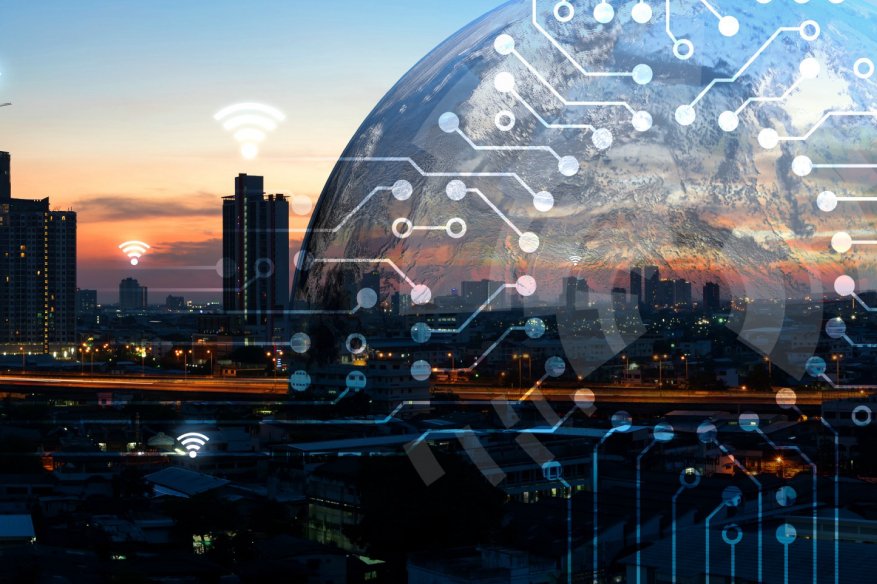Don’t Miss These 5 Threats To Your IoT Device

Slowly but surely, the Internet of Things (IoT) has penetrated the everyday lives of people around the world. In addition to modernizing all aspects of society, this increased technological reliance has attracted all sorts of unwanted attention from cybercriminals. The current proof-of-concept ransomware targeting IoT devices for the last two years is just one example of this emerging reality.
Deloitte, a tech management company, has recently published information on the five vectors of progress in the IOT they believe will bring soon enter people’s homes in the near future. According to this report, the proliferation of this fact cannot be denied, regardless of how many alarmists go public with the pitfalls. Deloitte has provided a sensibly balanced list of today’s top five IoT threats:
- Latency: Like in a regular wired network, adding a monitoring system on top of the IoT network will add complexity and make the network slower. The degradation of the IoT wireless network will break the functionality of the IoT device. In effect, the user’s experience in using the device is no longer optimal. The IoT device manufacturers have defined their IoT parameters, expecting a certain network speed. Its performance will deteriorate towards intolerable levels if not corrected.
- Hard-to-analyze data: As IoT devices become complex, device manufacturers can further cram more functionality in the same space. The devices will further evolve to include more support for complex scripting and flexible programming APIs. This shall enable future IoT devices to be more automated, less need for users to tinker with the settings. Maintenance will also be simplified, as dynamic system updates can be pushed by the manufacturers to the IoT devices. However, with all of these developments, the system will accumulate more and more logging data. This data, that are useful for troubleshooting may end-up growing in unacceptable size, artificially increasing the size of the storage demands. The disk space used by logs cannot be used for storing images, audio and video recording, which increases the cost of the IoT devices in the future.
- Platform problems: Platform compatibility of IoT devices is both an advantage and a disadvantage of IOT. Just like the PC and smartphone platforms, IoT started as a universe-into-itself, as the OS of a device from manufacturer A is highly different from what manufacturer B used. This incompatibility comes with the benefit of malware from device A cannot infect device B, as the operating systems are completely different. However, as standardization enters the scene, IoT manufacturers want to lessen the development cost. The use of a common OS will become the norm, as Google Android Things and Microsoft Azure Sphere compete in the IoT space, the same way that Android and IOS war exists in the mobile device market for a decade now.
- Expensive, power-hungry networks: Both traditional Wi-fi and Bluetooth are power consuming technologies for wireless LAN, both used by contemporary IoT devices. However, new technologies like the Bluetooth LE (stands for “low energy”) and Low-power wide-area networks AKA LPWANs will soon become the standard replacing the high energy consuming predecessors.
- Security holes: IoT used to be “accessory devices”, that works in tandem with a PC or a mobile phone/tablet device. The IoT system is dependent on a host device for configuration and control, however, that will start to change. IoT devices will follow in the footsteps of the smartphone, which used to be an “accessory” to the desktop PC or laptop. Smartphones were heavily dependent on a PC, in order to sync data to and from the device, however it becomes more and more independent. The same goes with IoT, as it embraces a standard common OS like Google Android Things and Microsoft Azure Cloud. New apps will start a revolution under the IoT platform for years to come. This standard will attract cybercriminals, as the high integration comes to compatibility with apps that used to be not possible. Apps which will not be coming from the official store of Google and Microsoft are expected to turn-out as malicious. This is history repeating itself, based on our experience with the PC and smartphone revolution.